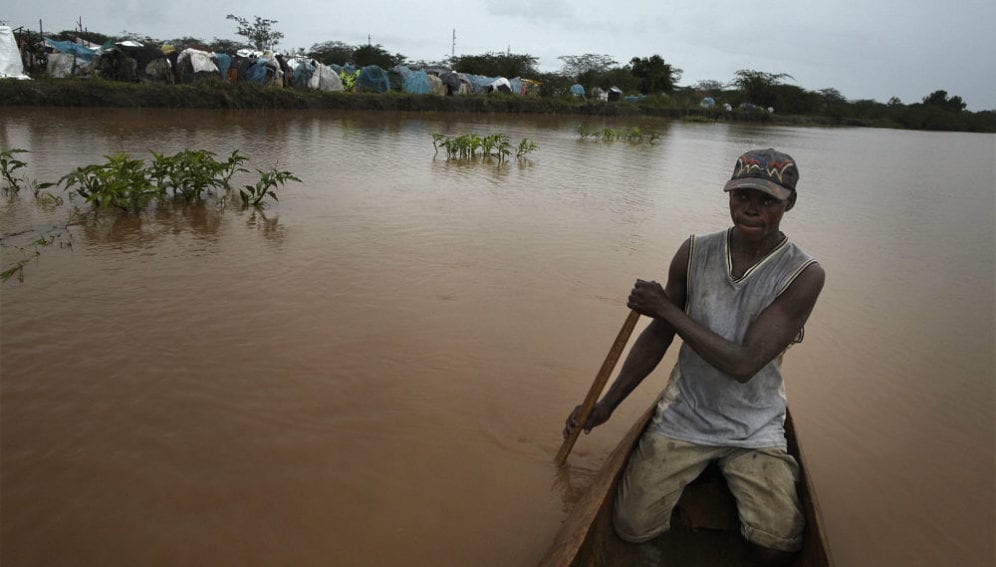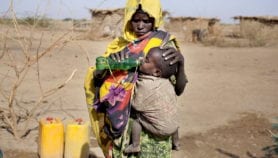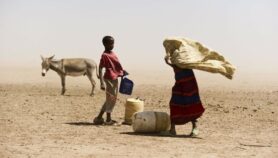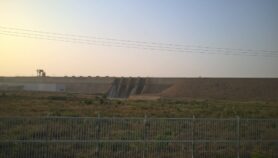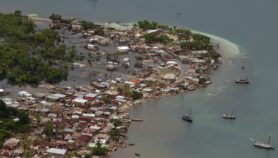By: Gilbert Nakweya
Send to a friend
The details you provide on this page will not be used to send unsolicited email, and will not be sold to a 3rd party. See privacy policy.
Increased rainfall and river flows in the next decades could make the Tana river basin in Kenya provide more opportunities for irrigation and hydropower generation, according to a report.
The report, which was based on a modelling study and launched during the Global Landscapes Forum in Bonn, Germany, last month (19-20 December), shows that the Tana river basin has suffered from rainfall shortages in recent years, but this could change in the 30-year time periods: 2020-2049, 2040-2069 and 2070-2099.
The report was published by the International Water Management Institute (IWMI) last year.
According to the report, the Tana river is Kenya’s longest river covering 21 per cent of the country’s total landmass and serves 18 per cent of the country’s population.
“It is not all good news since floods will also increase in frequency and magnitude and this will complicate water resource management.”
Matthew McCartney, The International Water Management Institute (IWMI)
The report was written as part of a project that aims to show how the Tana basin in Kenya and the Volta basin in Ghana and Burkina Faso could contribute to climate change adaptation and sustainable development.
Matthew McCartney, a co-author of the report, tells SciDev.Net that the findings of the study are consistent with others. For example, he explains that a previous study focusing on Kenya based on climate model projections used in the Intergovernmental Panel on Climate Change (IPCC) Fourth Assessment concluded that the drying of the basin in the past would most likely be replaced by “strong precipitation increases” in the future.
The researchers applied a recent IPCC climate change models to the Tana basin from 2020 to the end of the 21st century. They also assessed the impacts of climate change on rainfall, river flow and groundwater recharge for different sub-catchments areas within the Tana basin.
According to the report, the mean rainfall estimated for the different climate change scenarios are higher than the baseline figure of 640 millimetres.
For example, using a climate change model that assumes that global annual greenhouse gas emissions continue to rise throughout the 21st century, the researchers found that the mean rainfall percentage increases from the baseline to be about 12, 16 and 40 per cent for the periods 2020-2049, 2040-2069 and 2070-2099 respectively.
McCartney, a leader of a research group at the IWMI focusing on future of water resources, explains that the findings are good news for water resources in the basin that are under increasing pressure.
“However, it is not all good news since floods will also increase in frequency and magnitude and this will complicate water resource management,” notes McCartney, adding that the risk is that the additional costs of flooding will outweigh the potential development benefits derived from increased water availability.
Alfred Opere, senior lecturer from Kenya-based University of Nairobi’s Institute for Climate Change and Adaptation, says that the study brings out synergy between built and natural water infrastructure in providing water to meet current and future demands.Opere tells SciDev.Net that rivers are key indicators of climate change that respond to the patterns of weather and climate.
“Rivers … can be used as indicators of climate change,” says Opere, adding that an effort to maintain their flows could determine mitigation of climate change.
This piece was produced by SciDev.Net’s Sub-Saharan Africa English desk.
References
Aditya Sood and others Understanding the hydrological impacts of climate change in the Tana river basin, Kenya (International Water Management Institute [IWMI], 2017)


